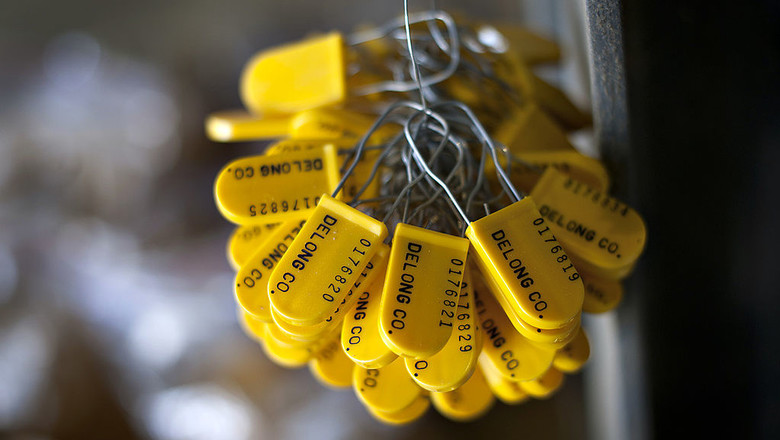
Criminals using 3D printing
present growing threat to global shipping

Over the past few years, law enforcement and industry professionals have reported the use of technology to steal shipments of everything from food and drink to electronic and home and garden products.
By using 3D printing – also known as Additive Manufacturing (AM) – criminals are able to create counterfeit security devices within as little as 10 minutes, open cargo seals, reproduce and replace seals to hide signs of tampering and make it difficult to pinpoint the exact time or location of the theft.
Counterfeit cargo seals, security locks and security keys have all been created and used by criminals utilising 3D printing technology.
“Technology that once required an understanding of computer-aided design (CAD) and expensive and large equipment to fabricate items now costs in the range of hundreds of dollars and doesn’t require the same knowledge levels as before,” said Robert Dodge, Senior Vice President, G4S Corporate Risk Services.
“For a few hundred dollars, a person can purchase a 3D scanner to produce a near-perfect replica. But criminals do not even need to purchase their own 3D printers; they can easily send the specifications or pictures to any number of 3D printing companies or individuals around the world without any questions asked.”
To help combat the growing threat of criminals using this technology, G4S is reaching out to G4S supply chain security clients and G4S employees who provide supply chain security-related services – including security officers at gates and loading docks.
“US Customs and Border Protection has commented favourably on the fact we are sharing details of this emerging threat with the business community,” added Dodge.
There are steps that clients can take to lessen the risk of being targeted. Simple things like changing the design, colour and markings on security seals make life difficult for criminals, but ultimately any measure can be replicated by a determined criminal. Even using metal is no guarantee that seals will be impossible to copy, as the more advanced 3D printers can use metal alloys to fabricate products. Ultimately, Dodge noted, “As almost all seals come from third parties, new seal designs would be available online within weeks,” available to be copied and distributed.
Measures to keep cargo safe:
- Conducting a professional, third-party security assessment of any company used for shipment of goods
- Conducting thorough background checks on shipping company employees
- Analysing shipping methods to identify alternative routes and delivery times, to avoid predictability
- Avoiding placing company logos on company-owned cargo containers
- Placing GPS devices in random shipments
- Installing motion-activated, internet-based cameras inside random containers to capture footage of door being opened
- Alternate colour of seals and periodically changing seals to make it harder to produce replicas
